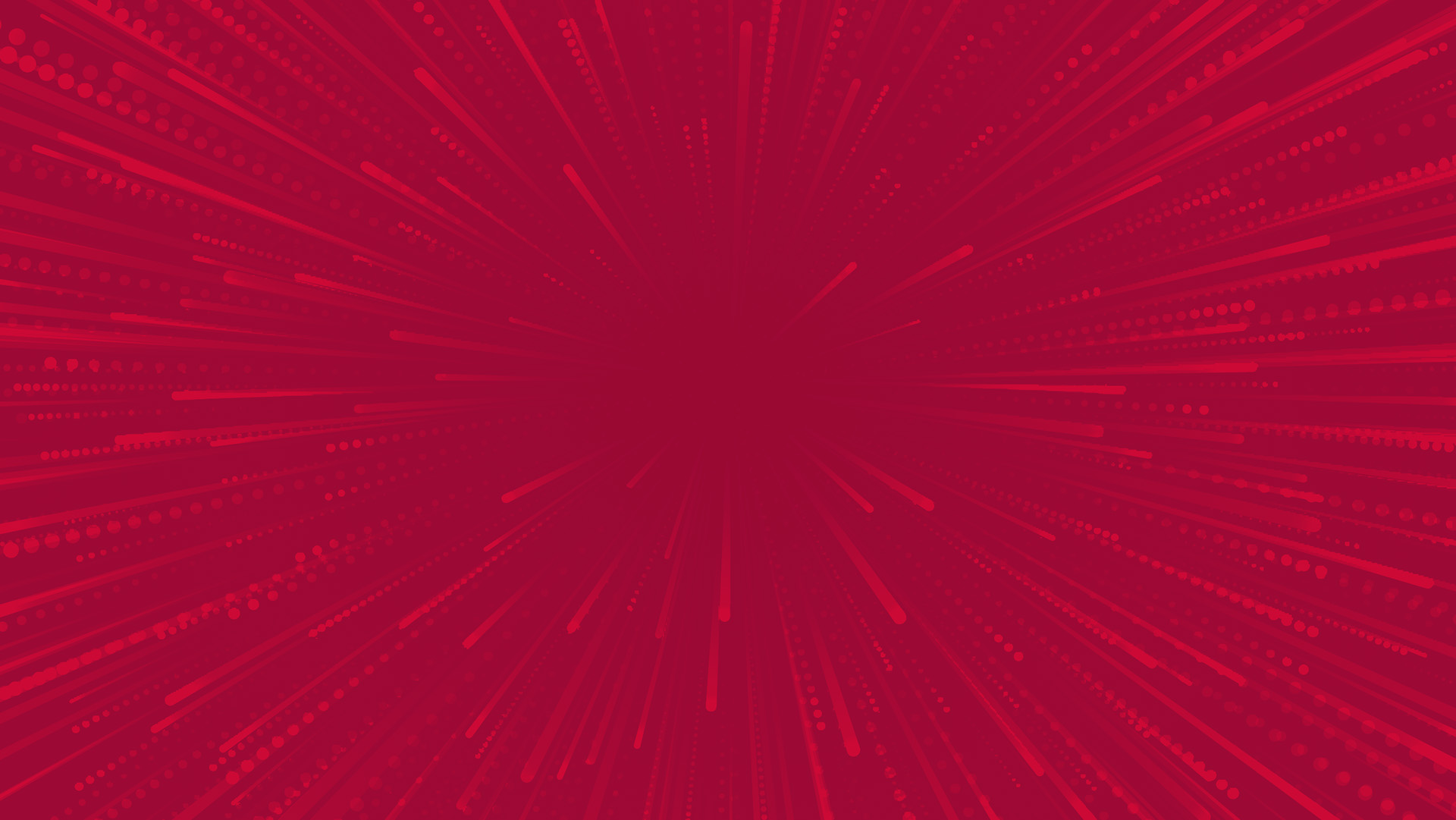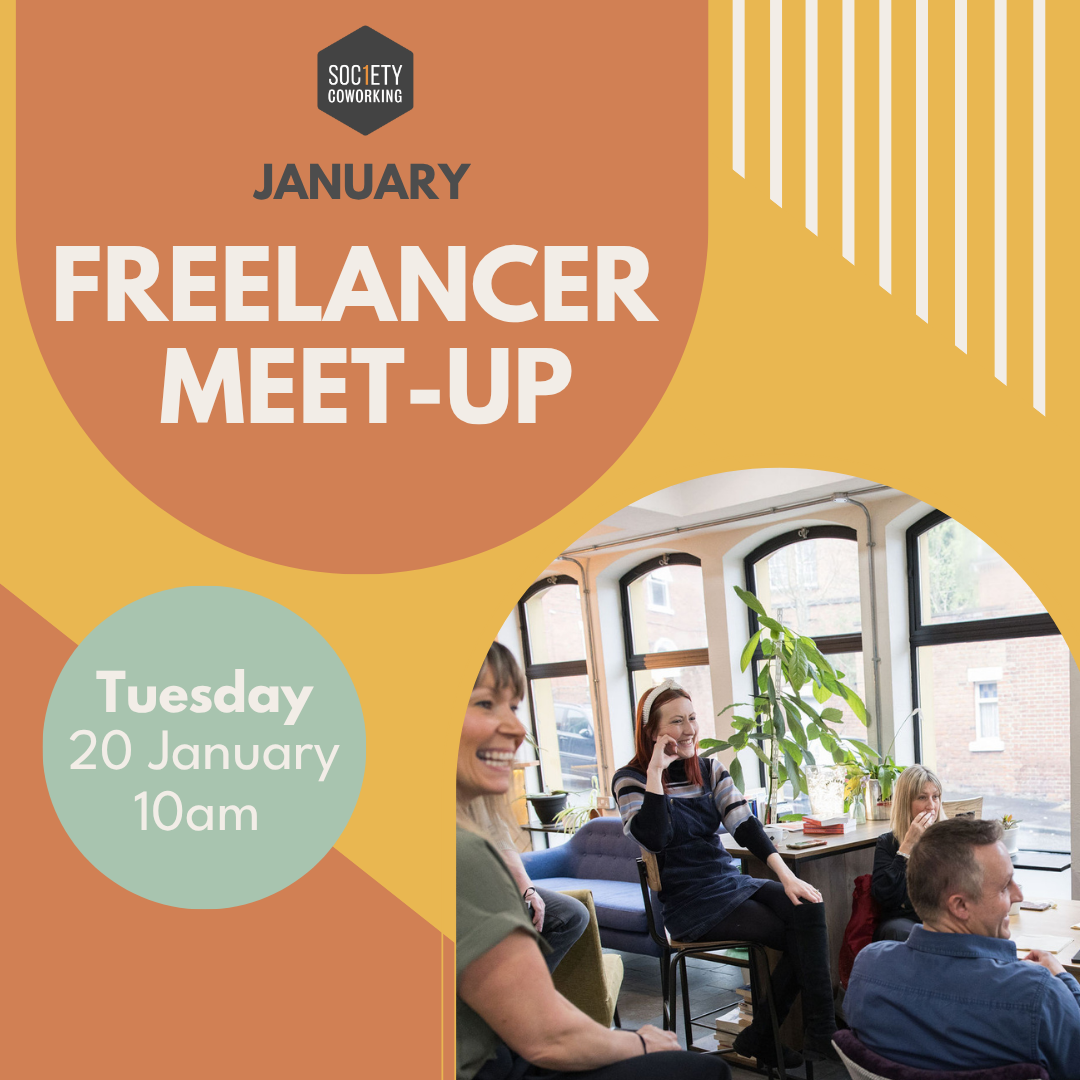There is a temptation in retirement planning to focus on a single moment in time: the day you leave the office for the last time and become retired. To do this would be a mistake.
Not only has there been a 68% increase in the number of self-employed people over the age of 50 in the past 10 years but there is also a 25% chance of a 66-year-old male living to age 92, rising to age 94 for a female. Consequently, people are generally working longer but more importantly, they are working flexibly and phasing their way into full retirement.
This has two significant consequences for retirement planning.
Firstly, our finances need to be as flexible as our lifestyles have become. To achieve this, we need to be cognisant of liquidity. Not just cash but also owning assets that can be liquidated easily and tax efficiently.
In the past 12 months, we have used this to help clients move home without selling first, invest in their children’s businesses, and even fund the transition from CEO to Portfolio Non-Exec.
Secondly, we need to think longer-term. De-risking your portfolio too early could hamper the ability of your money to outlast you whilst restricting your choices and freedom along the way.
To protect the value of your wealth we need to utilise globally diversified, low cost, risk-managed investments that will safeguard your lifestyle throughout an active, enjoyable, and long retirement.
In summary, financial planning is a process. Not an infallible roadmap perfectly laid out ahead nor a fixed plan to crescendo toward a single moment in time, but rather a repeatable process by which to make good decisions and build wealth that lasts for life.
Enjoyed this? Read more from Jon Doyle, Juniper Wealth Management

















